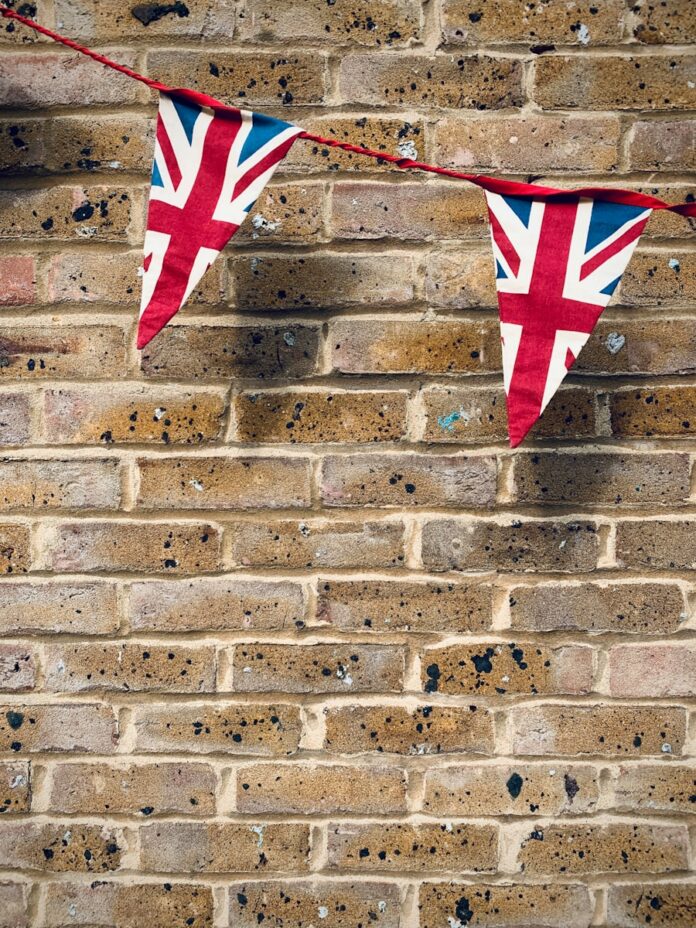Art and culture have always been an integral part of British identity, serving as a mirror to the nation’s evolving values, struggles and triumphs. Through centuries of change, the UK’s artistic expressions have documented pivotal moments in history, offering insight into its rich cultural legacy.
The UK is home to some of the most culturally significant artists of all time so it’s no wonder that art has become a tool for social commentary and a symbol of national pride. Read below to see the power of paint brushes and art.
Cultural Fusion
Britain has been marked by centuries of cultural fusion, with each period of migration and exchange bringing new influences. The Romans brought classical sculpture, the Norman invasion introduced Gothic styles and the British Empire’s expansion facilitated exchanges with Asia, Africa and the Americas.
More recently, post-war immigration in the 20th century, particularly from the Caribbean, South Asia and Africa, infused British culture with vibrant new artistic forms, including music, fashion and visual arts. This is best exemplified by London’s Notting Hill Carnival, a celebration rooted in Caribbean traditions, or the works of Yinka Shonibare.
Britain’s strength has always been in its ability to absorb and embrace diverse influences.
Global Impact
From the Renaissance onwards, British artists, writers and musicians have made their mark across the world. The Industrial Revolution brought rapid technological change, and with it, new forms of art emerged.
Artists like David Hockney became synonymous with the pop art movement, while fashion designers like Vivienne Westwood challenged traditional norms, helping to establish Britain as a leader in contemporary style and rebellion.
Britain’s global impact extends beyond visual and performing arts. British literature, from the works of Shakespeare to J.K. Rowling’s ‘Harry Potter’ series, has transcended national borders.
Social Commentary
Throughout history, artists, writers and musicians have used their platforms to critique society and inspire change. The 18th-century satirical paintings of William Hogarth addressed issues of class, poverty and corruption, offering biting social critiques.
In the 19th century, the Pre-Raphaelites sought to challenge the industrialisation of Britain by returning to nature and exploring themes of love and morality.
More recently, the works of contemporary artists like Banksy continue to question societal norms, exploring themes of consumerism, war and the role of government.
National Pride
From its royal portraits to its grand architectural landmarks, the country’s artistic heritage instils a deep sense of tradition. Iconic symbols like Stonehenge, the Tower of London and Buckingham Palace serve as enduring emblems of British history and identity.
Public art galleries and museums such as the Tate Britain and the British Museum play a significant role in promoting this cultural pride, providing access to the works that have shaped the national consciousness.

